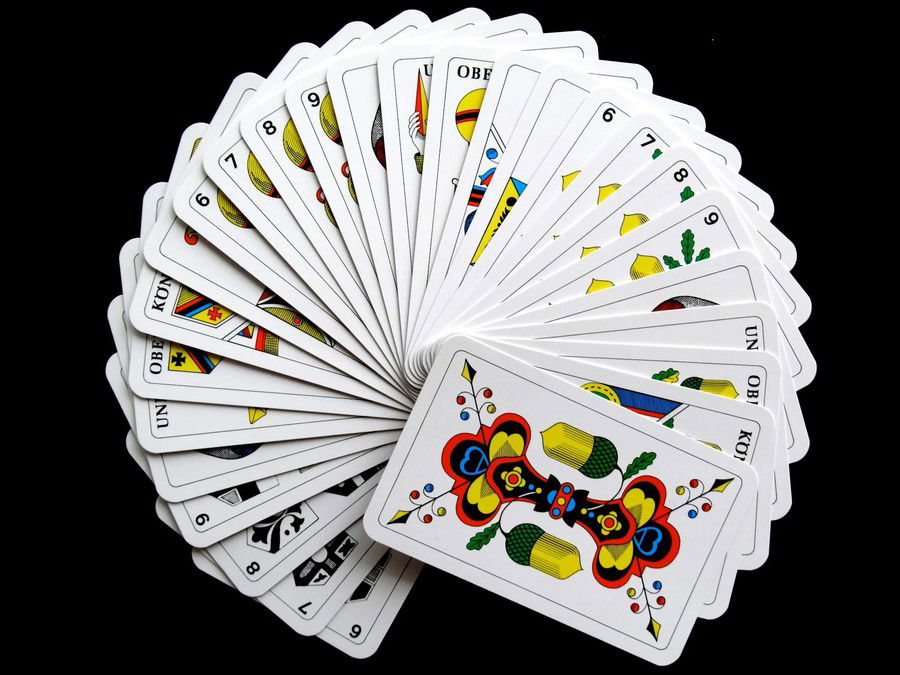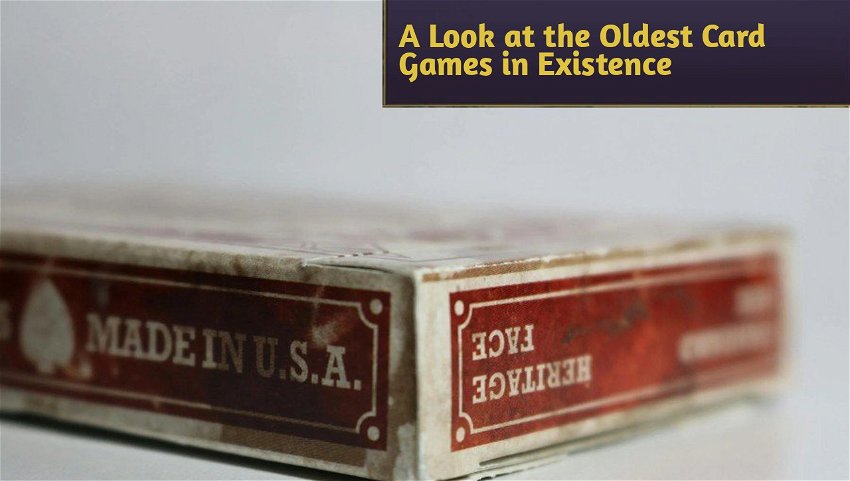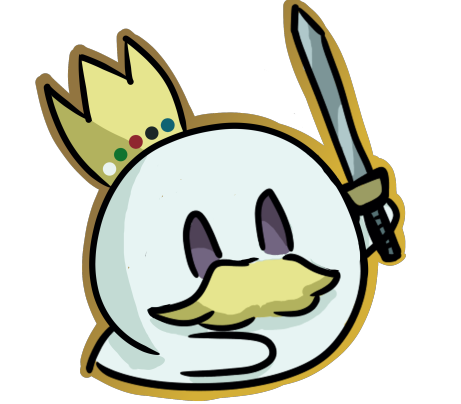When studying the oldest games in the world, it becomes obvious that even ancient humans were interested in testing their luck and pushing their mental skills to the limit. Officially, the oldest games in the world are Senet and the Royal Game of Ur, both of which date back as early as between 2500 BCE and 3000 BCE.
Both were rudimentary board games that required players to cross to the other side first using animal knuckles as dice. Senet had a stronger emphasis on spiritual topics, while the Royal Game of Ur was more focused on military strategy. However, both were played to help educate and sharpen the mind—and, of course, for entertainment.
Board games remain a popular pastime around the world—but they haven’t quite stood the test of time like card games. Card games, with a myriad of digital collectible games emerging, are likely to survive well into the era of virtual gaming. For now, let’s take a look back at some of the most storied card games, moving in reverse chronological order.
Blackjack or 21 (16th century, Spain)
Let’s start off with one of the most well-known and still-played card games from the medieval era: blackjack. Today, this game is played by millions around the world. Though most stick to virtual platforms where they won’t hold physical cards, the rules and strategies remain largely unchanged. Even the variations (usually American vs. European) have been around for over a century.
The origins of this game (like many others listed here) are a bit murky. But you may be interested to hear that Miguel de Cervantes, the Spanish author of Don Quixote, penned the first recorded mention of blackjack in 1613. At the time, it was called ventiuna, or twenty-one in Spanish, and was played by happy-go-lucky friends—not unlike today.
Paper Tiger or Madiao (14th Century, China)
Paper Tiger or Madiao is a trick-taking card game—which is by far the most common type of card game prior to the emergence of collectibles. Trick-taking games simply allow players to mislead one another, usually through a bluff. The game also uses a deck of 40 cards with four suits—which is very similar to a modern deck.
Ad
The first record of Paper Tiger comes from the 15th century from a scholar named Lu Rong, though his account was mostly focused on the deck. Another scholar from Korea claims that the game is actually much older, stretching back to the Yuan Dynasty in the 13th century.

Ganjifa (11th Century, Egypt, India, & Persia)
Similar to blackjack, Ganjifa (also known as Ganjapa) is a very old card game that’s still played today. If you’ve ever heard of this game, it was probably in reference to its highly ornate and stunning cards. Like our modern deck, Ganjifa has 52 cards and four suits.
In fact, some scholars believe that Ganjifa evolved into Persia’s As-Nas… which eventually moved west and blended with Germany’s pochen card game to create an early form of poker. However, history supports that Ganjifa is a trick-taking game that started to see coverage in the 11th century from Hindu sources. Since then, it has accrued dozens of offshoots, many of which are still played around India, Pakistan, and parts of the Middle East.
Leaf Game (9th Century, China)
The oldest card game ever recorded is known as the Leaf Game or Yezi Ge, which was played by royalty during the Tang Dynasty of the 9th century. But very little is known or agreed upon, as the mention of the game comes from a princess who briefly describes playing with her in-laws.
Because of this, there’s no proof that cards were used or that the term ‘leaf’ was being used to represent cards. In fact, the first verified mention of playing cards wasn’t recorded in China until 1294CE. It’s possible the term ‘leaf’ was used to describe a piece of paper on which scores were recorded. Given the popularity of board games like Go in China, the 'leaf' could have been used to describe a variety of other meanings.
Ad





— Kommentare
0Sei der erste der kommentiert